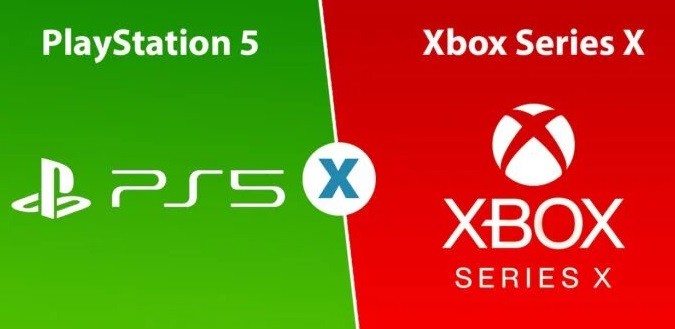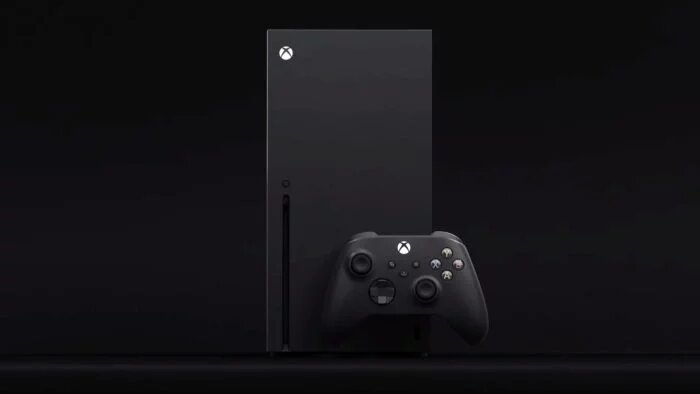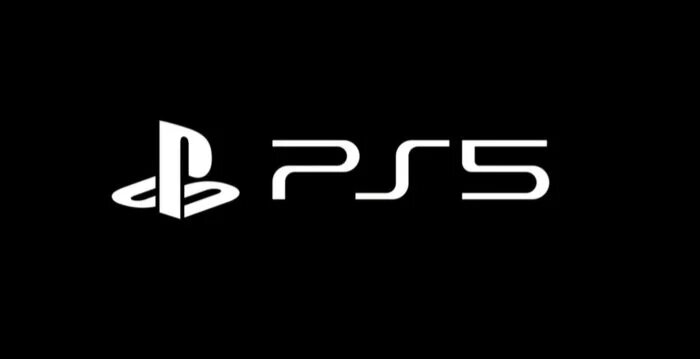The new consoles from Sony and Microsoft are expected to hit the market later this year. Information is gradually being revealed. However, at this point we have all specifications techniques PlayStation 5 and Xbox X Series. See the comparison below.

Specifications: PlayStation 5 and Xbox Series X
| Component | PlayStation 5 | Xbox Series X |
| Processor (CPU) | AMD with Zen 2 architecture, octa-core at up to 3.5 GHz | AMD with Zen 2 architecture, octa-core at 3.8 GHz |
| Graphics chip (GPU) | AMD with Radeon RDNA 2 architecture with 2.23 GHz frequency | AMD with Radeon RDNA 2 architecture clocked at 1.825 GHz |
| How many teraflops | 10.28 Tflops with 36 computing units | 12 Tflops with 52 computing units |
| RAM memory | 16 GB GDDR6 at 448 GB/s | 16 GB GDDR6 (10 GB to 560 GB/s and 6 GB to 336 GB/s) |
| Internal storage | 825 GB SSD | 1 TB SSD |
| Transmission speed | 5.5 GB/s (original size), 8 to 9 GB/s (with compression) | 2.4 GB/s (original size) or 4.8 GB/s (with compression) |
| Expandable storage | External USB hard drive or NVMe SSD (PCIe 4.0) with Sony validation | Optional 1TB card from Seagate or external hard drive via USB 3.2 |
| Optical drive | Blu-ray 4K UHD | 4K UHD Blu-Ray |
| Resolution | 4K at 120 Hz, with 8K support | 4K at 60 FPS, up to 120 FPS (8K resolution for videos) |
| Ray Tracing | Yes | Yes |

We have a good dispute between the new generation consoles. Both come with modified CPUs and GPUs, but the one with the best specs is Microsoft, with the Xbox Series X shipping a 3.8 GHz octa-core processor, along with 16 GB of RAM.
As an argument, Sony says the PlayStation 5 processor will work with the GPU – AMD RDNA 2 at 2.23 GHz – at a variable frequency, according to the game’s need. The 10.28 Teraflops are lower than the 12 teraflops of the Xbox Series X, but still the manufacturer promises an 8K resolution even in games, while this resolution, on the Microsoft console, is limited only to playing videos.
Both also embark on ray tracing technology, with hardware acceleration. The feature uses “ray strokes” to create better light effects, it was already used in cinema, but the technical limitation prevented it from bringing technology to games.
The consoles will work with SSD to obtain higher speeds, although the PlayStation 5 has a smaller storage capacity, the transfer rate is more than twice the specifications of the SSD present in the Xbox Series X.

We will see this difference even in practice and how much is enough until the player needs to buy more storage, via PCIe or a USB drive. Sony wants the PlayStation 5 to have faster boots and fewer loading screens, on the other hand, Microsoft’s “Quick Resume” technology will allow you to start a game that has been suspended without facing the loading screen.
Everything may also depend on the catalog and online services of the two new consoles. Microsoft has been doing a good job with Game Pass Ultimate and Live Gold. But, it is Sony that has the desirable exclusives.
There is still no price or release date for both the PlayStation 5 and the Xbox Series X. Plans are to place both consoles on the market in late 2020, if everything goes as planned.